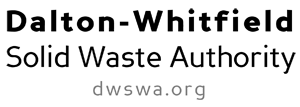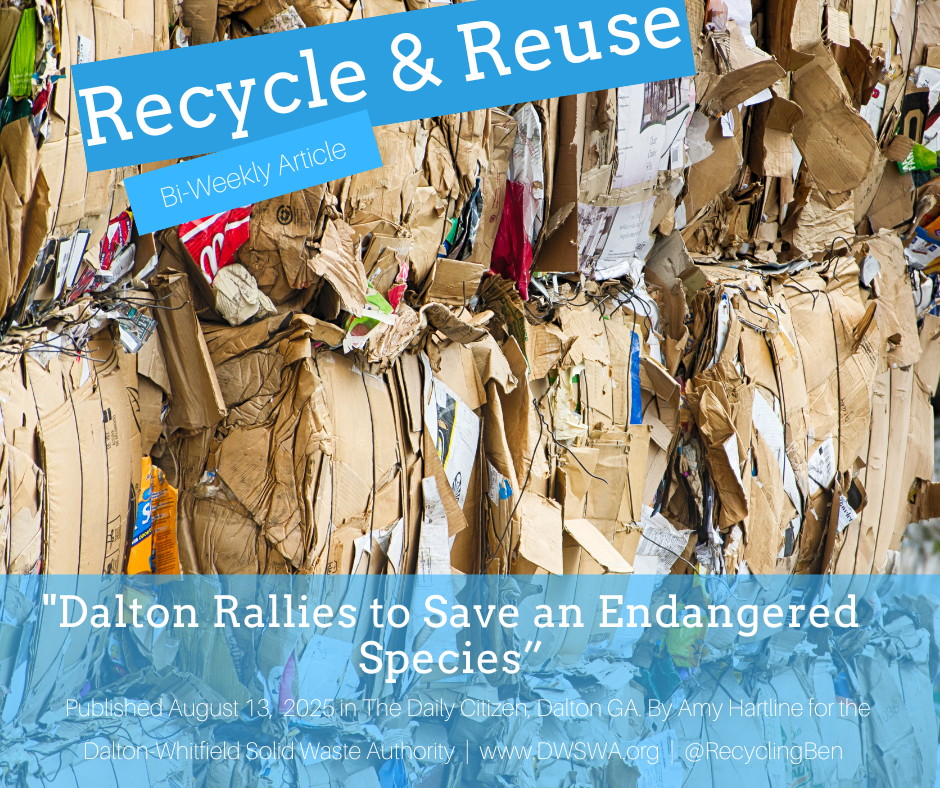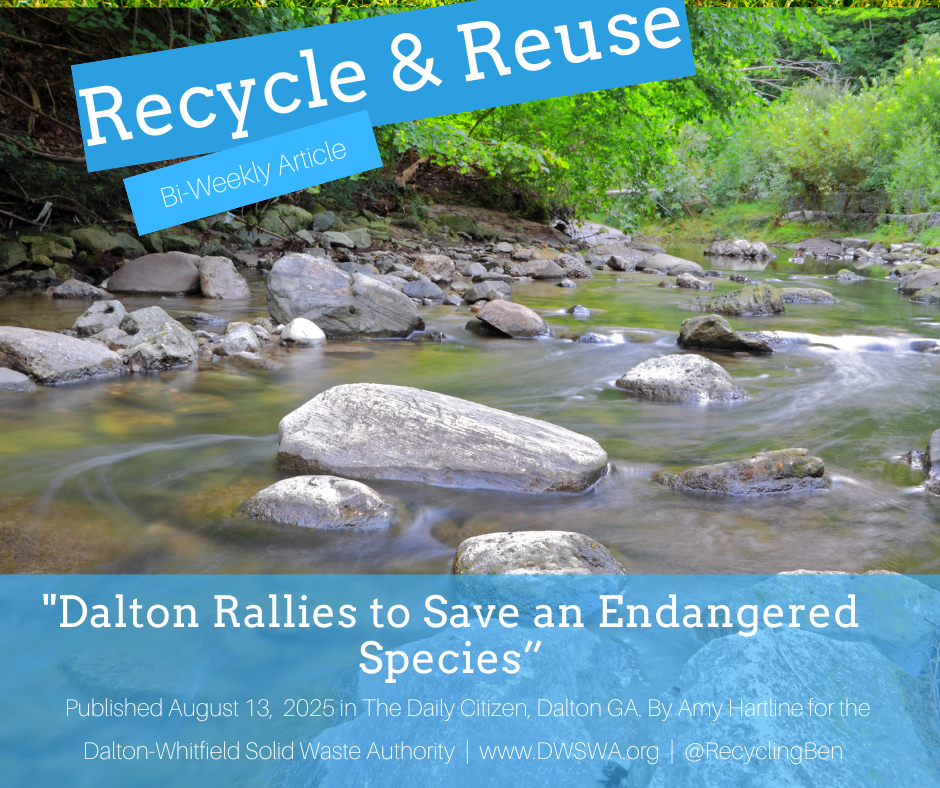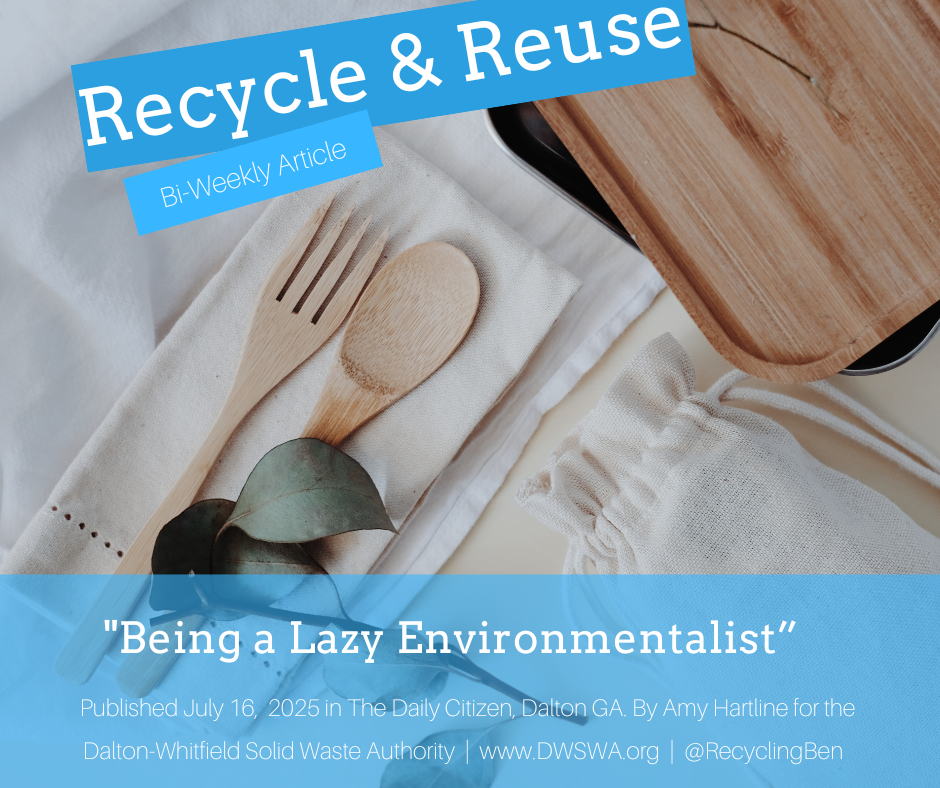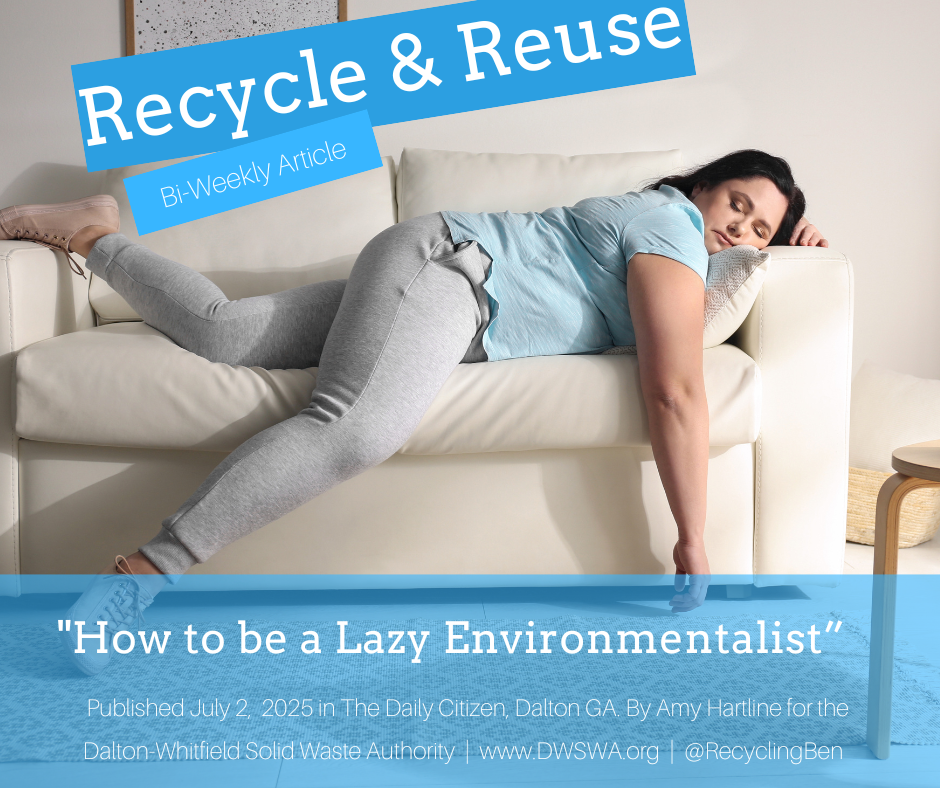The Incredible and Edible Aquifer
/(Published on Wednesday, May 6, 2015, in The Daily Citizen newspaper, Dalton, GA.)
Full article below:
The Incredible Edible Aquifer
Did you know that groundwater supplies drinking water for fifty-one percent of the total U.S. population and ninety-nine percent of the rural population? According to the Ground Water Foundation at www.groundwater.org ninety-nine percent of the freshwater that is readily available for human use is groundwater. Understanding how groundwater works is the first step in keeping the water clean and free from pollution. An effective and creative way to teach others about groundwater is the educational activity called the Edible Aquifer.
As the name implies, the ingredients used are edible which means students will learn something new and have a tasty snack after the lesson. Schools that visit the recycling center and landfill for a tour request the edible aquifer the most out of all the environmental education activities offered. Students have fun as they build a model with the basic components of an aquifer. As we discuss possible sources of pollution and more they don’t realize they are actually doing something educational. A third-grade student visiting for a tour last month said, “Hey, you made me learn something when I didn’t know I was learning!”
To make your own edible aquifer you’ll need supplies that may already be in your pantry and refrigerator at home. Each aquifer requires a clear cup at least 10 ounces in size, one drinking straw, one spoon, napkins, about three-quarter cups of chocolate flavored cereal like cocoa puffs, half a cup of vanilla ice cream, one and a half cups of clear lemon flavored soda, two tablespoons of chocolate sprinkles for decorating cake, one tablespoon of green sprinkles, and one tablespoon of red sprinkles. Optional is one gummy worm per model.
Some items can be substituted for what you have on hand, for example, the cereal can be replaced with crushed ice or the chocolate sprinkles with chocolate frosting. Because some children have food allergies be sure to read the labels and use only food that is safe for your child. Because the completed model may be too sweet or not taste good for some remind the participants that it’s ok that they do not eat it. The important thing is to see how the model works as it’s being assembled.
Once you have your special ingredients assembled its time to begin to build the aquifer. Explain to the students that the cup represents the aquifer, the underground geological formation of sand, soil, gravel and rock able to store and yield water. Next, if you have one, add a gummy worm to the bottom of the cup to represent the world underground. Add the chocolate flavored cereal that represents the bedrock, gravel, and soils that are underground and help filter water in the aquifer. Pour one cup of the clear soda to represent water in the aquifer. Now students will have a perfect aquifer with clean water. Emphasize how clean everything is at this point and how refreshing the water coming out of their well would be.
Next add a confining layer, typically clay or dense rock, by gently layering the ice cream above the cereal. Do not mix the ingredients rather make layers to help show the permeability of different types of materials. To create a water table above the layers sprinkles the chocolate sprinkles, which represent soil, followed by the green sprinkles, which represent grass. Now it’s time to discuss the sources of pollution that could contaminate the beautiful environments students have created making their water unsafe to drink.
Pollutants that could contaminate water may include oil and gasoline, litter, pesticides, soaps, insecticides, chemicals from manufacturers, animal waste, and soil erosion. Give students the opportunity to explain how they could avoid the pollution. For example, a dog owner could clean up after their pet while on walks outside, or someone changing the oil for their vehicle can dispose of the oil at a convenience center instead of dumping it on the ground. To represent pollution sprinkle the red sprinkles on top of the grass.
To demonstrate how pollution can get into the water recharge the aquifer by pouring the remaining soda on top of the sprinkles, which represents rain. Ask students to observe how the red pollution is seeping into their confining layer and to the bottom of the aquifer. Some aquifer models may have had a sinkhole created after the rain, or perhaps experience a landslide. Depending on the age of the students it’s a good opportunity to mention other aspects of hydrogeology.
Finally, it’s time to install a well to pump water out of the ground. Place the drinking straw, which is the well pump, down the center of the cup and drill until the straw reaches the bottom. On the count of three have everyone pump water out of their wells by drinking the soda thru the straw. As the water is pumped out you may notice pollution traveling even more thru the aquifer. Enjoy the expressions of surprise, as participants taste their edible model for the first time.
